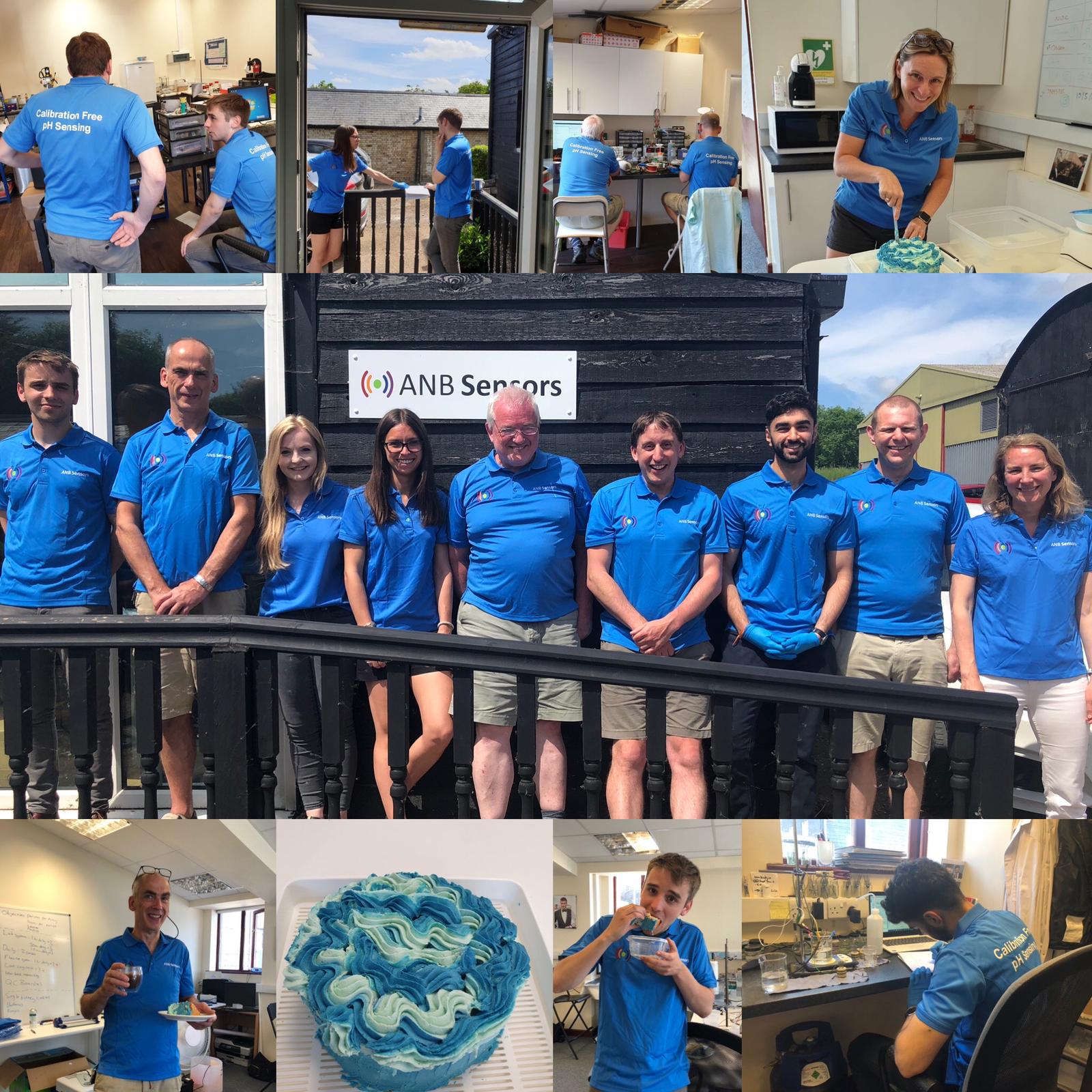iPhyc: Phosphorus removal – tackling even tighter discharge limits in AMP7
AMP7 is bringing with it even tighter phosphorus discharge limits – so how can smaller plants tackle the challenges of phosphorus removal?
AMP7 brings with it even tighter phosphorus discharge limits and, while some larger wastewater treatment plants are able to achieve P levels to as low as 0.25mg/l, smaller rural plants can struggle to consistently reach even the 0.5mg/l limits set out in AMP6.
Andrew Best of I-Phyc explores the challenges and makes the case for a new approach that could see smaller plants reach not only the AMP7 requirements but even lower limits of below 0.1mg/l P removal.
Even though phosphorus removal has been a key focus for the wastewater industry for a quarter century, it hasn’t got any easier. The legislation is getting stricter with each AMP, where 2mg/l was once typical, P limits are now, in some cases, as low as 0.25mg/l, and we can expect this trend to continue because the reality is, no amount of phosphorus is desirable in our waterways.
What’s different about this AMP is that we are now facing the limits of our existing P removal methods. Larger plants are able to reach 0.25mg/l and below, but smaller plants can struggle. Why is this?
For the smaller rural Sewage Treatment Works the current industry standard way to achieve P levels down to 0.5mg/l and below, is typically two-point chemical dosing (typically Ferric sulphate) followed by Tertiary Solids Removal.
However, the highly variable flows that occur on small rural plants make it extremely difficult toconsistently achieve low P consents;especially while economically using chemicals and staying within the iron consent (iron is discharged into the environment as a consequence of chemical dosing).
Chemical dosing also requires the existing Sewage Treatment Works to be in good condition, have the capability to mix the chemicals correctly and have adequate sludge settlement and handling capability.Often this is not the case and significant investment in additional civil structures such as mixing chambers, Primary settlement tanks, Final settlement tanks and additional sludge capacityare necessary. Added to this is that a high level of operator skill is required.
So, if we are reaching the limit of our current methods, how can smaller plants achieve the P removal requirements of today and also tomorrow?
Fortunately, there is a new P removal technology available on the market that, rather than doubling down on existing methods and thus potentially doubling costs and consequences, takes a completely new approach.
What we’re calling “Bio-P Removal” is a method of harnessing the natural power of algae to remove P down to levels below 0.1mg/l. This approach not only eliminates any need for hazardous chemicals to be used on site,but it can be said with confidence that it will be the future of P removal for the whole industry, and for small plants it is the answer in the present.
The other benefits of Bio-P Removal to small plants are that it doesn’t require overly engineered equipment nor any special skills to operate,there is no need for chemicals (that will be in ever higher demand), there are no discharges of iron into the environment, it produces no sludge, it doesn’t affect the pH of the water, the list goes on and on.
In terms of future-proofing, it’s ideal because not only does it go beyond the 0.25mg/l level, it also removes all the Ammonia as well as emerging contaminants that may well be the focus of future legislation. And with this technology there is the added advantage of achieving a circular approach to Phosphorus and Ammonia removal where these nutrients can be collected – not as a waste material but as a resource to be reused.
The technology is proven and available now, and it is a realistic and cost-effective way small plants can achieve the required P levels, in an environmentally responsible way. Long-term though, it’s not just for small plants ,it’s where we all should be heading.
Original article: i-Phyc
Contact us
Let's get in touch
info@namiercapital.com167 Fleet Street, London, EC4A 2EA, United Kingdom



